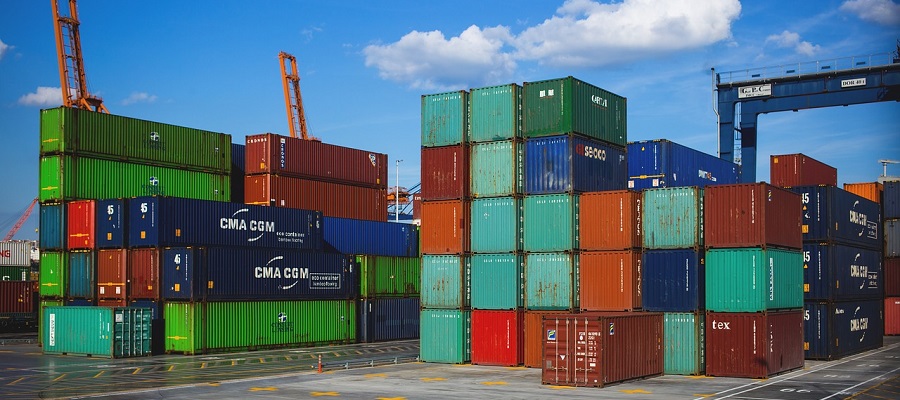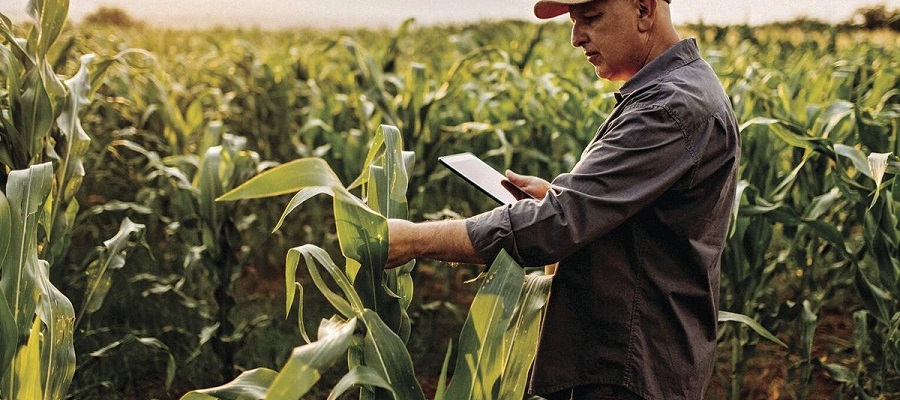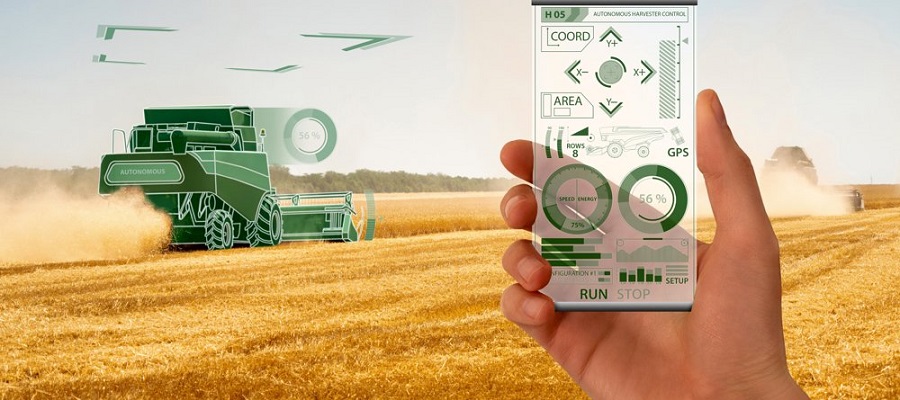After the coffee beans have been processed, most of the green coffee is exported abroad. The green coffee is shipped from the port of loading in the country of production on the long journey to Germany. 95% of the coffee imported into Germany is green coffee. Only 5% has already been processed into roasted or instant coffee prior to import.
Loading
The green coffee is stored in shipping containers during the crossing. Particularly high-quality green coffee is stacked in bags in shipping containers. Increasingly, however, the coffee is also transported in bulk, which saves costs and makes better use of the available space. For this purpose, the containers are lined with liner bags, which protect the goods from contamination.
Import port
The valuable cargo takes about 2 weeks to reach Germany from South America. From the Far East, the transport can take up to 4 weeks. Hamburg is one of the most important import ports for the European coffee market. Once the coffee arrives at the port of destination, it undergoes a quality inspection to rule out any possible damage during the crossing.
It is also checked whether the delivered goods correspond to the quality of the previously concluded purchase contract. If everything is in order, the goods are unloaded and weighed. The unit of calculation and counting is the "60 kilo bag", although in Germany it is mainly shipping containers with bulk goods that arrive. The coffee is now transported directly to the customer by rail and truck or stored in warehouses. To ensure that the goods do not lose quality, humidity and temperature in the warehouses are constantly monitored. Samples of the stored coffee are also taken regularly, because a loss of quality reduces the selling price.
Intermediaries
In general, it can be said that there is not only one way to import coffee. This is because, in addition to export and import companies in the trading countries, there are coffee agents and brokers, as well as other intermediaries. There are many different ways and combinations of how coffee is traded before it ends up as an aromatic hot beverage in the end consumer's cup.
Import and export company
Roasters who do not engage in direct trade or have no contact in the producing country turn to importers to purchase their coffee. The importer contacts an exporter or other party in the producing country with their customer's request and places the order. The importer is responsible for purchasing, transportation and customs.
He is also responsible for quality deviations and short deliveries to his customer and for an adequate replacement. An exporter purchases the desired goods from his customer and prepares them for transport. The coffee can be purchased from various sources - coffee plantations, traders, cooperatives.
Coffee agents and brokers
Coffee agents and brokers are middlemen who bring together two parties to a contract. These can be, for example, exporter and importer or a plantation and a roaster. They maintain business contacts and receive commission for a successful mediation.
Direct Trade
Coffee roasters turn green coffee into roasted coffee. This processing step is one of the most important, because it is during the roasting process that the irresistible aromas that tantalize the palates of fragrant lovers are created. They also have a wide variety of ways to get green coffee. They can contact an agent or use an importer.
Another option is to buy directly from the producer. Some roasters are in direct contact with the cooperatives or coffee plantations and import the green coffee without intermediaries. They rent unused container space from importers or join forces with other roasters and share loading space and costs.


